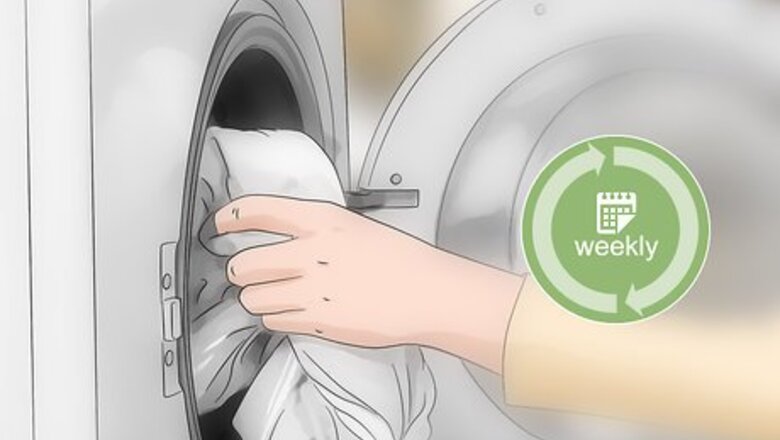
views
Getting Dust Mites Out of Your Bed

Wash your bedding with hot water weekly. Put your sheets, pillowcases, and blankets through the wash once a week. Wash them in water that is at least 130 °F (54 °C). Cooler temperatures will not kill off the mites. If you own bedding that cannot be washed hot, put it in the dryer for 15 minutes at 130 °F (54 °C) or higher to kill the mites. Dry your bed linen in the dryer. Dust and pollen land on line-dried sheets. Clean comforters and pillows 2-4 times a year.
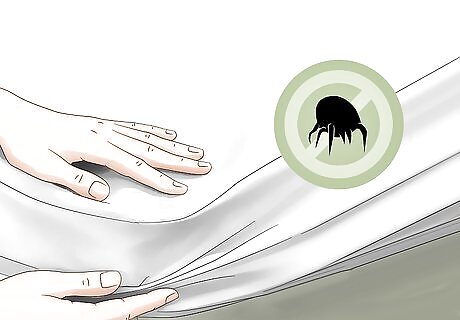
Cover your mattress and bedding with dust-proof cases. Buy dust-proof, or "allergen-impermeable," covers that zip to completely seal your pillows and mattress. Opt for mattress covers that will encompass your entire bed, including your box spring. Get covers for your pillows and for your comforter as well. Clean your covers as specified by the manufacturer. Covers made of non-porous fabrics such as vinyl or plastic tend to be cheaper, and are highly effective. However, they are likely to make your bed feel hot and stuffy. For an effective and breathable option, consider a microfiber polyester cover, a cotton cover with a laminated nylon layer, or even a very tightly woven cotton cover with a high thread count.
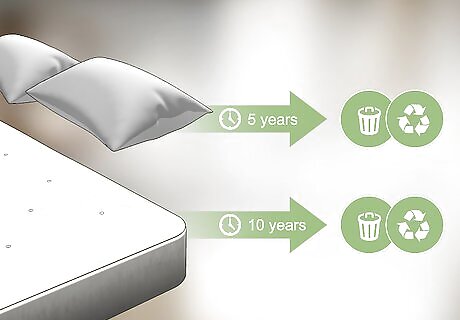
Get rid of old bedding. If you have had the same pillows and mattress ever since you could remember, it's time to dispose of them. Replace your pillows every 5 years, and your mattress every 10 years. Get rid of your mattress by trashing it or recycling it. To recycle your mattress, contact the manufacturer for help, or get in touch with your local recycling center. If your mattress and pillows are still in good shape, consider giving them to someone you know who isn't allergic to dust mites. Remember, dust mites are only a problem for people who are allergic to them.
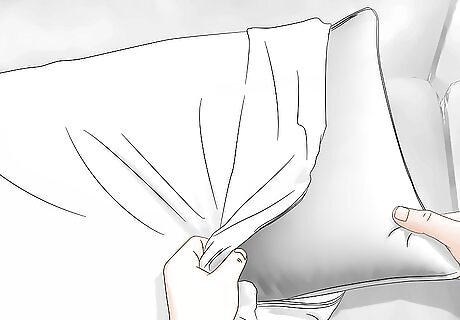
Replace your old bedding with hypoallergenic options. Latex pillows and mattresses are inhospitable to dust mites. Latex can be expensive, and not everyone finds it comfortable, so be sure to spend time testing it out in the store before you bring it home. If you don't like latex pillows, opt for wool or silk pillows, as these are less friendly to dust mites than cotton and down.
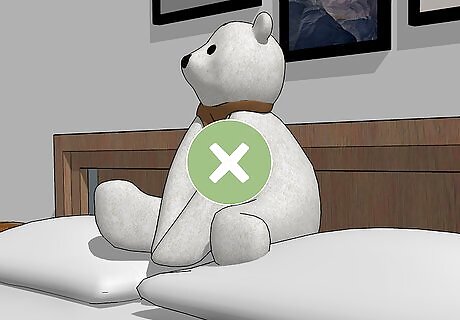
Remove any excess objects from your bed. Stuffed animals, decorative pillows and other fabric objects can become infested with dust mites. Launder what you have in hot water. Store these objects in another room, if possible, as any fabric in your room is liable to affect your allergy.
Controlling the Conditions of Your Bedroom
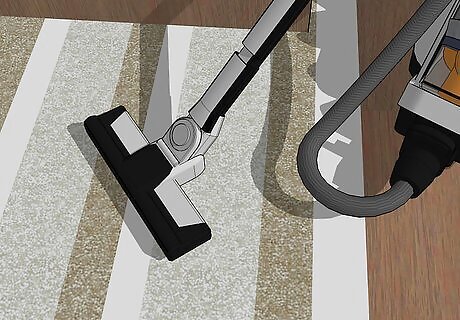
Dust and vacuum your bedroom frequently. If you are allergic to dust mites, buy a filtering mask at a drug store to protect your nose and mouth. Dust and vacuum every week, and mop hardwood floors. Stay out of your bedroom for a while after you have cleaned to let the dust settle. Ask someone without a dust-mite allergy to clean for you! If someone without an allergy cleans the room, they don't have to worry about the mask. Dust mites are not harmful to people without allergies. Some people sprinkle baking soda on their mattresses and rugs and then vacuum it up. This may help reduce dust mites, though it hasn't been proven.
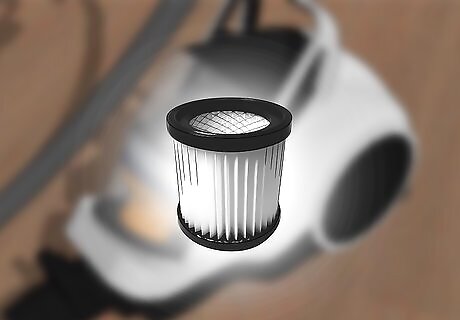
Buy a HEPA filter for your vacuum if it doesn't come with one. These filters prevent dust mites and their waste from getting back into the air after you have vacuumed. Buy a filter at an allergy supply store or at an online vacuum retailer. Using a vacuum without a HEPA filter can actually worsen your problem, spreading the dust mites from one surface to another.
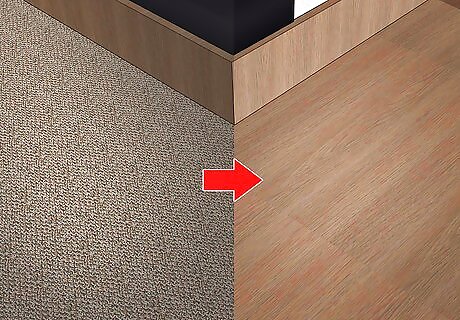
Remove carpeting and other fabrics from your bedroom. Any fabric you can't regularly wash with hot water is a breeding ground for mites. Replace fabric curtains with roll-up shades. If you can afford it, strip wall-to-wall carpeting and replace it with hardwood, tile, or linoleum floors. Because you can't launder wall-to-wall carpeting, it can be hard to drive dust mites from it.
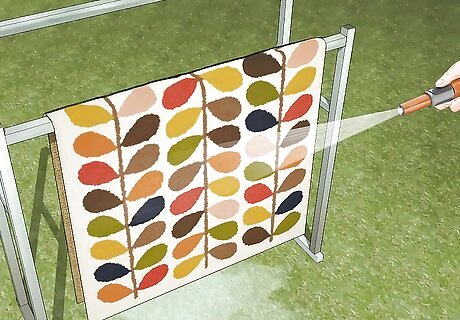
Clean your rugs frequently. Kill the dust mites in your rugs by sprinkling detergent on them, whacking them with a broom, hosing them down, and drying them in the sun for at least three hours. Don't bring a wet rug back into the house, as moisture helps dust mites thrive. Alternatively, get your carpets steam-cleaned every two months.
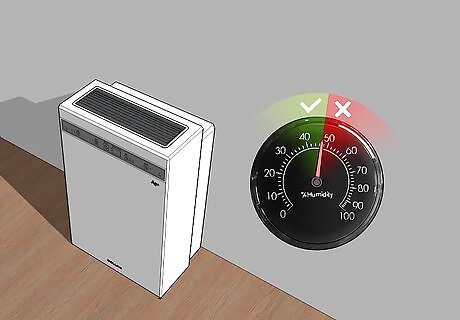
Lower the humidity in your room. Use an air conditioner or a dehumidifier to lower the moisture levels in your room. Mites love moisture. Measure the humidity in your room with a hygrometer (a device you can buy at hardware stores). If it is above 50 percent, run a dehumidifier or an air conditioner until it has fallen to below 50 percent.
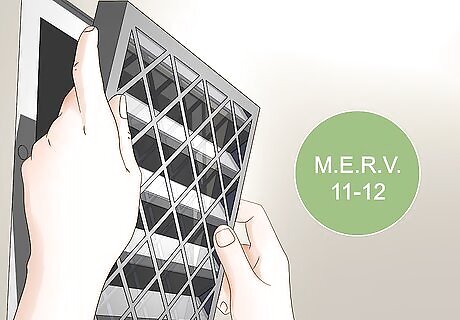
Get a high-efficiency media filter for your central heat and air conditioning unit. These filters trap dust mites and prevent them from spreading through your home. Buy a filter with a Minimum Efficiency Reporting Value (MERV) of 11 or 12. Install the filter and keep the fan running. Change your filter at least every three months, or whenever it seems dirty or clogged.
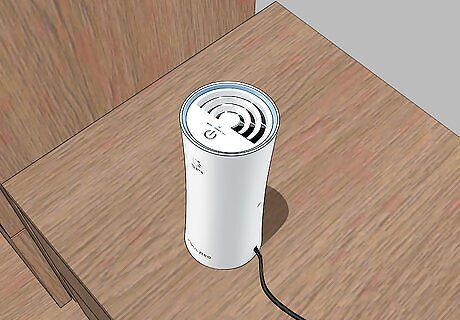
Purchase a portable air-purifier. A small air purifier with a HEPA filter, or a MERV between 7 and 13, can help. While portable air purifiers will help, some dust mite particles will be too small, or will settle too quickly for the purifer to pick up.


















Comments
0 comment